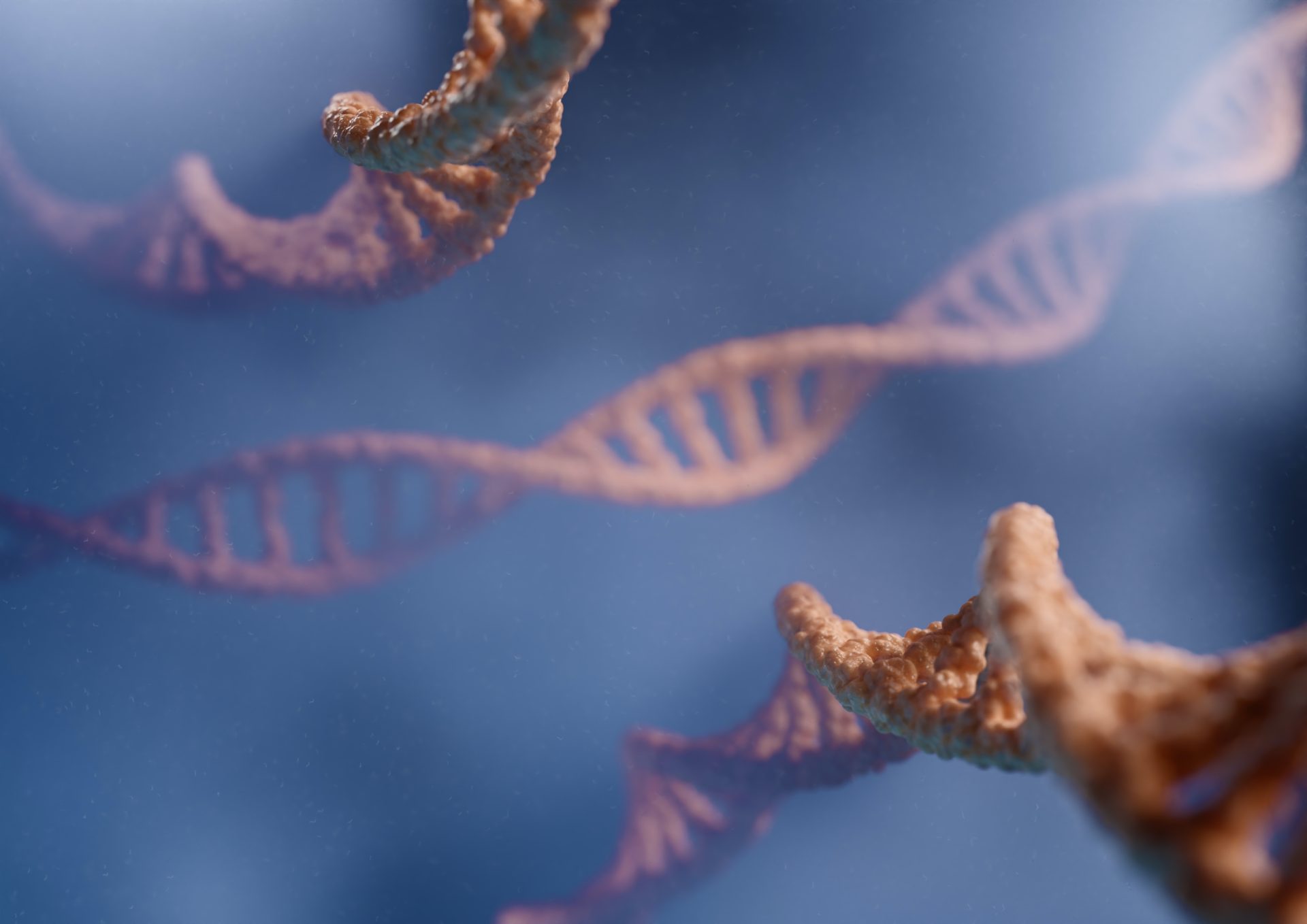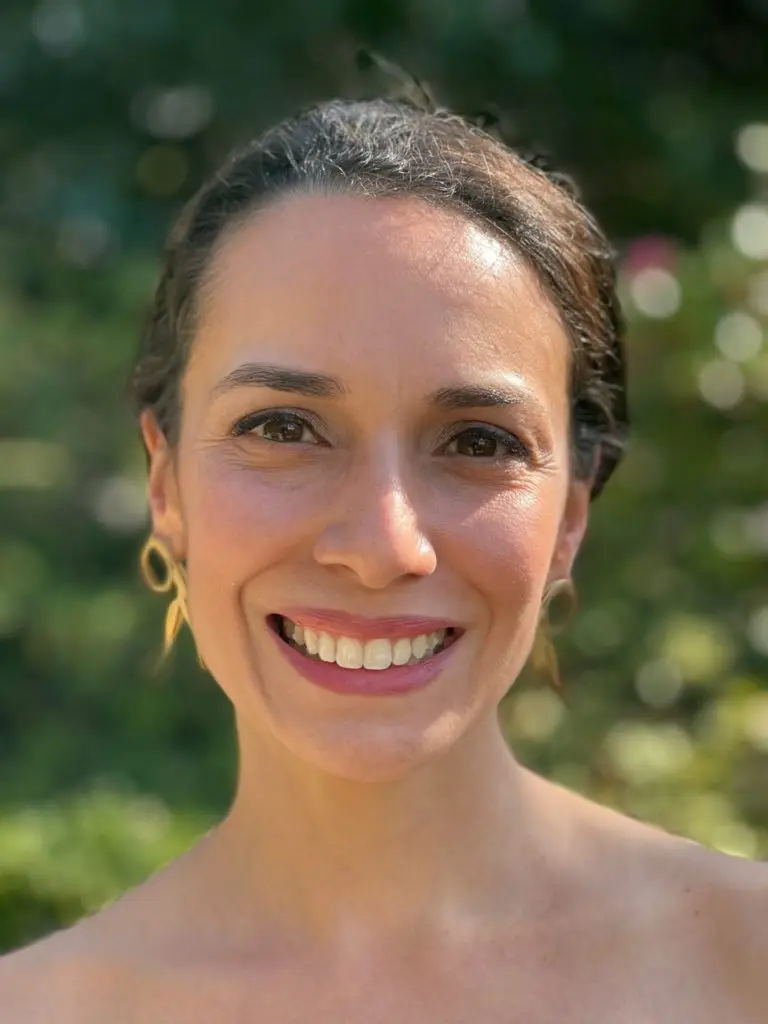The hope is one day I won’t have to treat scoliosis in Charlotte anymore. Here is an update on some really interest research that may pave the way to one day prevent scoliosis all together!
New Scoliosis Research
Researchers at the University of Cincinnati have made significant progress in understanding the formation of the spinal column, a complex biological process that could have future implications for the treatment of congenital scoliosis. Congenital scoliosis is a birth defect causing curvature of the spine, and understanding the underlying processes that lead to its formation can potentially lead to new treatments.
The study, led by Ertuğrul Özbudak, PhD, professor in the Department of Pediatrics at the UC College of Medicine’s Division of Developmental Biology, as well as Cincinnati Children’s Hospital Medical Center, focused on the intricate process that forms the segmented vertebral discs in the spinal column. These vertebral discs originate from embryonic blueprint segments called somites. In all vertebrate species, including humans, the embryonic body elongates and is cut into somites by a “biological clock knife.”
Özbudak explains that clock genes are responsible for controlling the “knife” that cuts the embryo into somites. When these genes are mutated, the “knife” no longer functions, which results in scoliosis. The research team discovered a previously unknown gene hierarchy and used pharmaceutical drugs to restore and reengineer the missing segmentation in mutant zebrafish that lacked the molecular clock. This innovative approach has the potential to provide new insights into the development of scoliosis and lead to novel treatments.
The research project involved a multidisciplinary team of four students, led by Dr. Muhammed Simsek, a senior postdoctoral fellow at Cincinnati Children’s Hospital. The students came from diverse backgrounds and contributed their unique skills and talents to the project. Angad Singh Chandel, a second-year doctoral student in the systems physiology graduate program, engineered a genetically modified animal model. Didar Saparov, a third-year doctoral student in the molecular and developmental biology graduate program at Cincinnati Children’s Hospital, conducted experiments with pharmaceutical drugs. Oriana Zinani, a doctoral graduate from the molecular and developmental biology program, verified the precision of a genetic reporter fish for the molecular clock. Nick Clason, an undergraduate co-op intern from the computer science department, contributed to the molecular simulations involved in the study.
Response to the Study
The publication of the research in the prestigious journal Nature has triggered positive responses from other scientists internationally. Özbudak says that the study has been seen as important and paradigm-shifting by researchers around the globe. The research team hopes that their work will not only energize their own lab members but also inspire researchers from different countries and universities to contribute their expertise and push these results forward.
By working collaboratively and building on these findings, researchers hope to gain a better understanding of why certain mutations cause diseases like scoliosis and unlock the mechanisms behind these conditions. Such knowledge can be invaluable in developing effective treatments for congenital scoliosis in the future.
Conclusion
In summary, the University of Cincinnati research team‘s groundbreaking work on the formation of the spinal column has the potential to revolutionize the understanding of congenital scoliosis and pave the way for future treatments. Their discovery of an unknown gene hierarchy and successful reengineering of the missing segmentation in mutant zebrafish represents a major step forward in the field. With continued international collaboration and the dedication of multidisciplinary teams, it is hoped that this research will eventually lead to a better understanding of the mechanisms behind scoliosis and, ultimately, the development of effective treatments for this debilitating condition.





